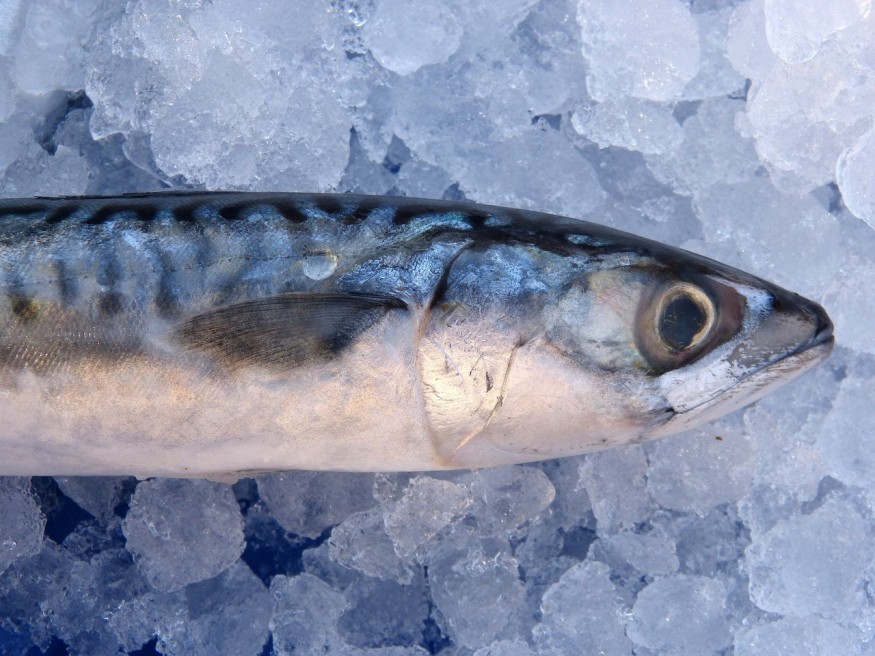Antifreeze proteins allow some living organisms, including animals, plants, fungi, and bacteria, to survive freezing or sub-freezing temperatures. Without these ice nucleating proteins, fish or other sea creatures will not survive the frigid waters of the Arctic and Antarctic regions. A product of natural selection, the ability to withstand cold waters is a manifestation of millions of years of evolution.
While knowledge of antifreeze molecules, possessed by some animals such as the Arctic snailfish and the Antarctic fish, has become substantial in recent years, little is known about when it started. Now, a new study led by researchers from Canada and Denmark has found that 'antifreeze animals' developed such biological traits 450 million years ago, earlier than previously thought.
Antifreeze Protein Development

Antifreeze protein is capable of binding to ice crystals to prevent organisms from freezing, including its fatal effects such as hypothermia and other hazards relating to extremely cold temperatures.
In the study published in the journal Scientific Reports in June, the research team discovered that the antifreeze protein 'polyproline type II helical' likely originated more than 400 million years ago during the Ordovician Period. Several animals possess ice nucleating proteins, including fish, insects, arthropods, alpha helices, globular proteins, and beta solenoids.
The team theorized that the species springtail (Collembola), which form the largest of the three lineages of current hexapods that are no longer designated as insects, may have been the first animal to develop antifreeze proteins. In the past, scientists believed that animals were not capable of this biological mechanism until much later in history.
However, the study implies that two orders from the subphylum Hexapoda during the Ordovician Period diverged to produce the ice nucleating proteins or ice structuring proteins around 400 million years ago. The development of these proteins also serves as an evolutionary response to the immediate environment of the organism at that time.
What Animals Make Antifreeze Proteins?
The antifreeze molecules helps these organisms to adapt and survive in subzero temperature environments, according to a research review cited by the National Institutes of Health (NIH).
In August 2018, scientists found a glowing snailfish (Liparis gibbus) under a Greenland iceberg possessing antifreeze proteins flowing inside its veins, a story also covered by Nature World News. Findings about the 'biofluorescent fish' was published in a separate study in the journal Evolutionary Bioinformatics.
Other fish are also capable of producing antifreeze proteins such as the Atlantic cod, Greenland cod, winter flounder, Atlantic wolf fish, and sculpins, according to the Handbook of Food Proteins published in 2011.
Due to the benefits of these proteins, humans have learned how to extract and use them in fish storage in the food industry, including for reasons to prevent the freezing of muscle tissue. Yet, antifreeze molecules have not been successfully applied yet on humans, a feat that could one day help us explore extremely cold environments on Earth.
© 2025 NatureWorldNews.com All rights reserved. Do not reproduce without permission.

